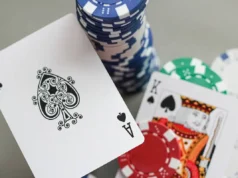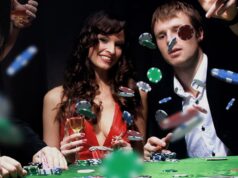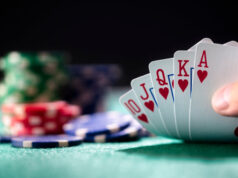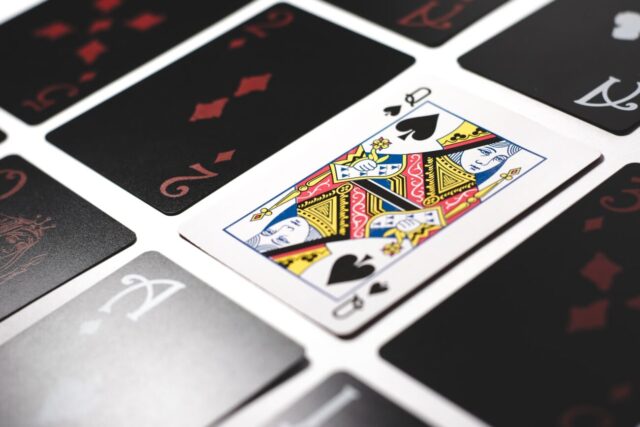
Blackjack is a game that originated in France, although it was in the United States where it gained popularity as a casino game. Blackjack is not just a game of chance. In the United States, the game has been thoroughly studied.
Back in the 1960s, the pioneer was Edward O. Thorp, a mathematician employed by IBM who simulated millions of hands played on a computer, concluding that each particular hand has a unique way of being played correctly.
The set of these plays is called basic strategy, and its rigorous application reduces the advantage of the casino over the player. Without a basic strategy, the game itself has a mathematical advantage of over 5%, but it is reduced to 0.5% in its correct use.
Thorp also concluded that the high cards favor the player since they are the basis for obtaining a good play when doubling down or for making a blackjack that pays 3 to 2. The small cards favor the dealer since they allow you to make good compromised hands (12, 13, 14, 15, or 16).
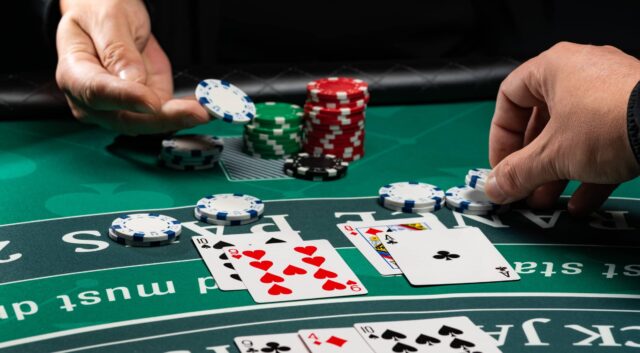
This gave rise to the so-called card counting—a technique that consists of not losing sight of the cards played. This indicates among the cards that are yet to be played if there are more high or low cards and bet accordingly.
Mythical card counters have made great fortunes with this technique in casinos. Many experts have considered Ken Uston to be the best accountant in history.
Card counters are not well regarded in casinos. If the casino detects, or simply suspects, that a player is counting, they will invite him to change games or expel him from the casino under the right of admission.
In any case, the days of counters seem to be coming to an end, as casinos are installing automatic shuffling machines, making the application of this technique impossible.
Basic Blackjack Strategies, tricks, and Possible Scenarios
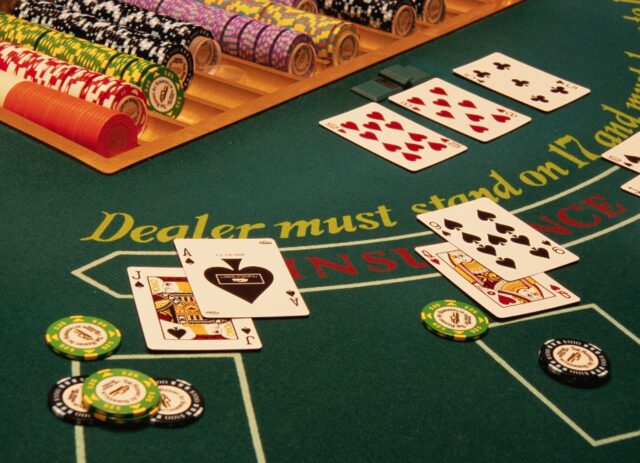
Aside from the card counting technique mentioned above, other strategies can be used to play the blackjack casino game. Below, we will mention a few of them provided by casino.fanduel.com.
1. Soft Cards
If you are dealt an Ace and any other card from 2 to 9, you are considered to have “blackjack soft cards.” This is because the Ace can be played as a one (1) or as an eleven (11). For example, if your hand is Ace-6, the total score is either 7 or 17. To minimize the online casino edge, soft or soft cards should be played accordingly.
2. Scenario: As-2, As-3, As-4 or As-5
Your Play: Request a card against the numbers 2, 3, and 7 up to the dealer’s Ace. Double your bet against the dealer’s numbers 4, 5, and 6.
3. Scenario: As-6
Your Play: Ask for a card against the numbers 7 up to the dealer’s Ace. Double your bet against the dealer’s numbers 3 through 6. Double or hit against the dealer’s 2.
4. Scenario: Ace-7
Your Play: Ask for a card against the numbers 9 or 10 of the dealer. Hold your position against the dealer’s numbers 2, 7, 8, or Ace. Double your bet against the dealer’s numbers 3 through 6.
5. Scenario: As-8 and As-9
Your Play: Hold your position against any face-up cards. With the Ace-8 hand, you can double down against the dealer’s 6 if you’re feeling up to it.
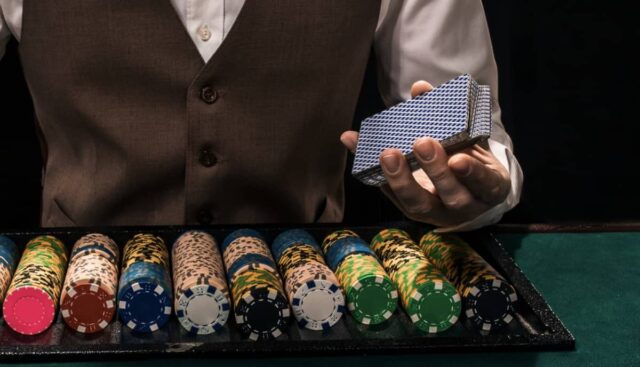
6. Hard or Strong Cards
If your hand does not contain an Ace, then you have “hard cards.” Another important aspect is that the value of your cards is fixed. See below how the cards should be played.
7. When the cards total: 4 to 8.
Your Play: Request a card against any face-up card. On an 8, you could even double your bet against the dealer’s 5 or 6; it is your decision.
8. When the cards total: 9
Your Play: Request a card against the 7 up to the dealer’s Ace. Double the bet against the dealer’s 2 through 6.
9. When the cards total: 10 or 11
Your Play: Double the bet against the dealer’s 2 through 9. On 10, hit against the dealer’s 10 or Ace. On 11, double the bet against the dealer’s 10; and hit or double the bet against the dealer’s Ace.
10. When the cards total: 12 to 16
Your Play: Hold your position against the dealer’s 2 through 6, and hit against the dealer’s 7 through Ace. Exception: On 12, hit against a 2 or 3 turned up by the dealer.
11. When the cards total: 17 to 20
Your Play: Hold your position against any face-up cards. And remember, always hit a soft or soft 17.
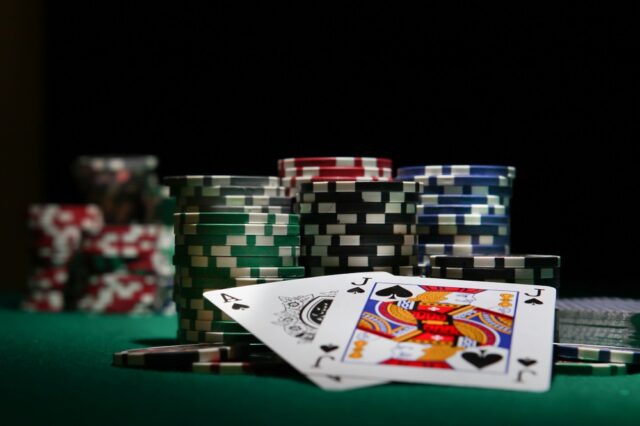
12. When the cards total: 21
Your Hand: You win, and your bet will pay 3 to 2. If the dealer has an Ace, you can take the 1 to 1 payout option before the dealer turns over his other card. If you don’t do that, and the dealer gets a blackjack, then the hand is a push.
13. Dividing Pairs
See below how to optimize your play by splitting pairs:
14. Pair of Aces or Pair of 8s
Always split these pairs.
15. Pair of 4, 5, or 10
Never split them as they are potential winners.
16. Pair of 2 or 3
Hit against the 2, 3, or 8 up to the dealer’s Ace. Split them against the dealer’s 4 through 7. You can split a pair of 2’s against a 3 card from the dealer.
17. Pair of 6s
Hit against the 7 up to the dealer’s Ace. Split them against the dealer’s 3 through 6, and split or hit against the dealer’s 2.
18. Pair of 7s
Hit against the 8 up to the dealer’s Ace. Split them against the dealer’s 2 through 7.
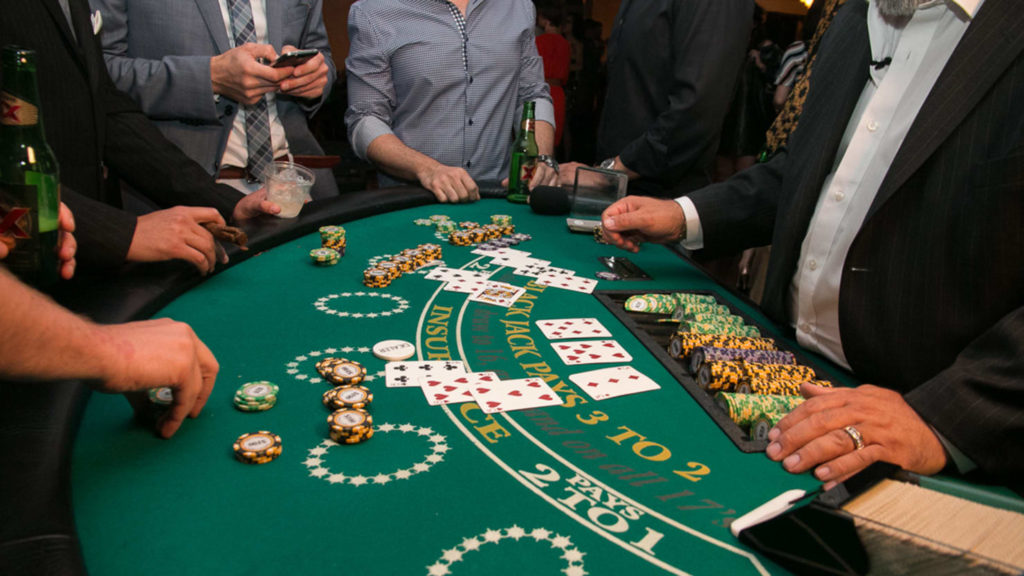
What To Remember About Blackjack
For most people, gambling is fun, and blackjack is no exception. Moreover, it is one of the most suspenseful and socially accepted casino games by tradition.
Due to the low house edge, blackjack players can spend hours sitting at a table without losing large sums of money. Conversations flow freely, and new friendships happen immediately and often.
However, all those apparent benefits can be wiped out if you are one of those people who refuses to follow a basic strategy that every player must learn and put into practice.

